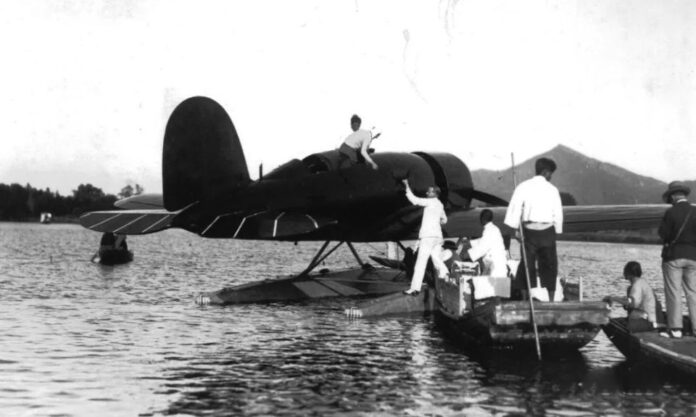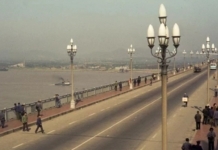T’was a September day in Nanjing much like today. And like this year, it was also a year that had seen major flooding across much of China earlier that summer. But the day stood out for there being an unusual object flying in the skies over the city.
That object turned out to be a seaplane, which went on to land on Nanjing’s Xuanwu Lake. It was piloted by none other than the world-famous aviator and he to have first flown non-stop across the Atlantic Ocean, Charles Lindbergh, accompanied by his wife, Anne.
It was the end of a trip that had begun 2 months earlier. At the end of July 1931, the Lindberghs had flown from the USA to Asia in a modified Lockheed Sirius aircraft.
Their mission had been to explore and investigate the fastest route from New York to the East. They took off from Long Island, crossed the uninhabited lands of northern Canada, the Bering Strait and onward over Siberia.
Finally, they arrived in japan, to depart Fukuoka and fly across the Yellow Sea and on to the capital of the Republic of China, Nanjing.
While the Lindbergh’s endured their hardships in the air, so too were things turning bad in China. In the late summer of 1931, catastrophic floods occurred along China’s major rivers; the Yangtze, Yellow, Pearl and Huaihe Rivers, affecting more than half of China. They were floods widely considered to be the deadliest natural disaster on record.
The National Flood Relief Commission of 1933 found 140,000 people to have drowned and that up to two million had died thereafter from a lack of food.
Lindbergh was keen to help. In the following days, he flew his Sirius, which had the longest range of any aircraft in China, around Nanjing and the Yangtze River Basin to take photos of floods and draw disaster maps. He also dropped food, medicine and other relief supplies.
But Lindbergh was also soon be party to more tragedy, this time of a much more personal nature.
The evening of 1 March the following year saw his 20-month old son, Charles Augustus Lindbergh Jr., abducted while in his crib in the family home in East Amwell of New Jersey, USA.
The baby was held for a US$50,000 ransom, but it was not to be. The boys remains were soon discovered, with that and Lindbergh’s status prompting American media to call the kidnap and murder the “Crime of the Century”.
That’s where Agatha Christie comes in, who drew partial inspiration for her book, “Murder on the Orient Express” from the case, while a fictionalised depiction of the kidnapping sets the scene for the beginnings of the movie.












